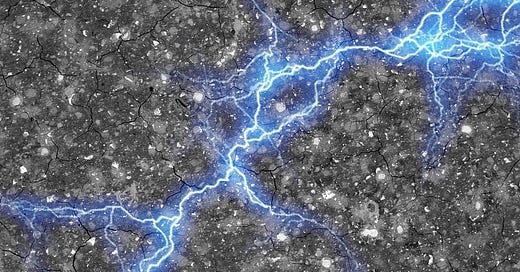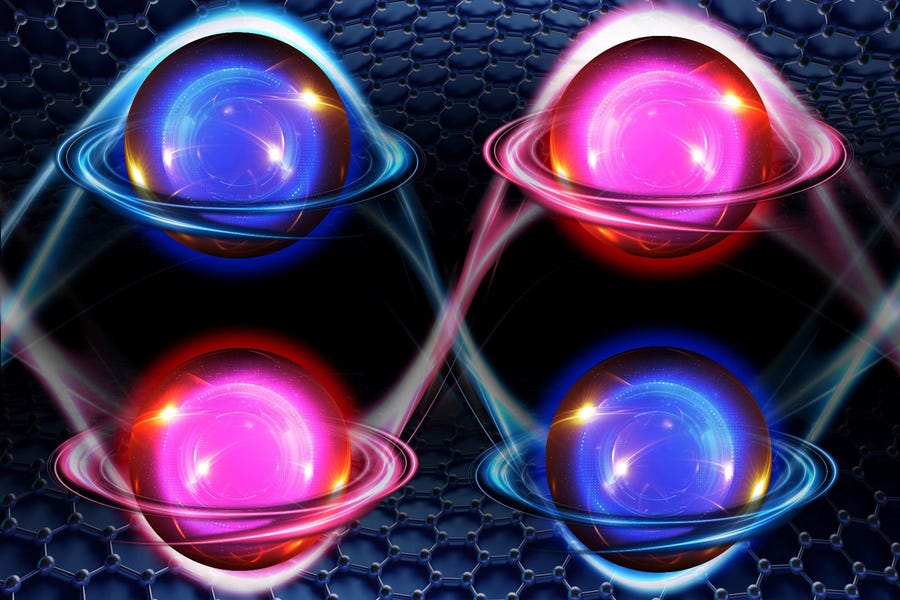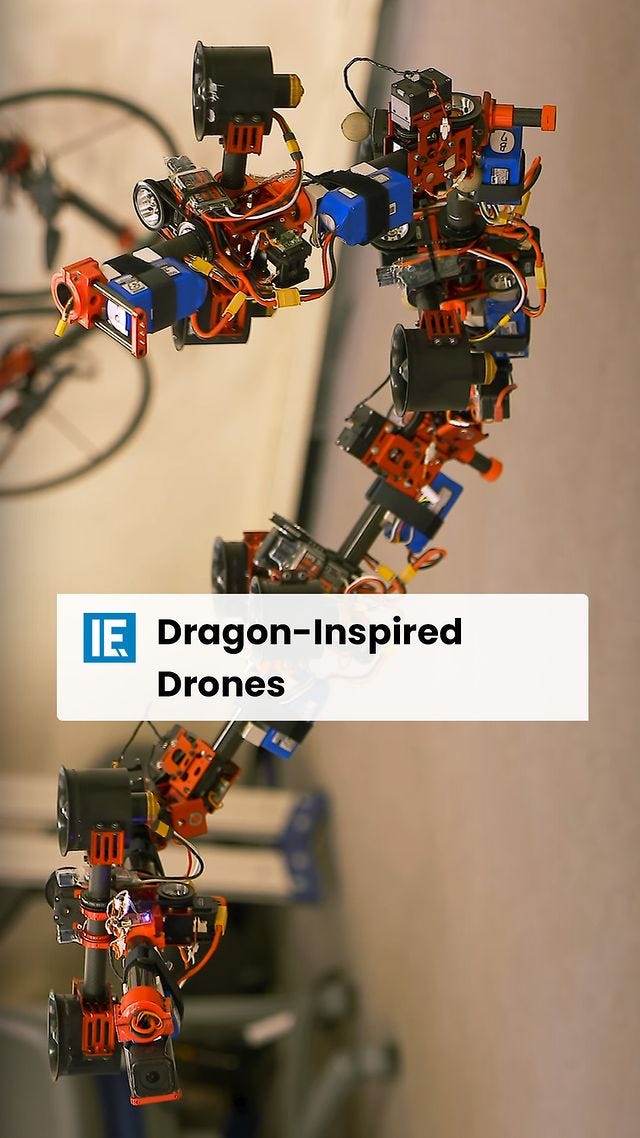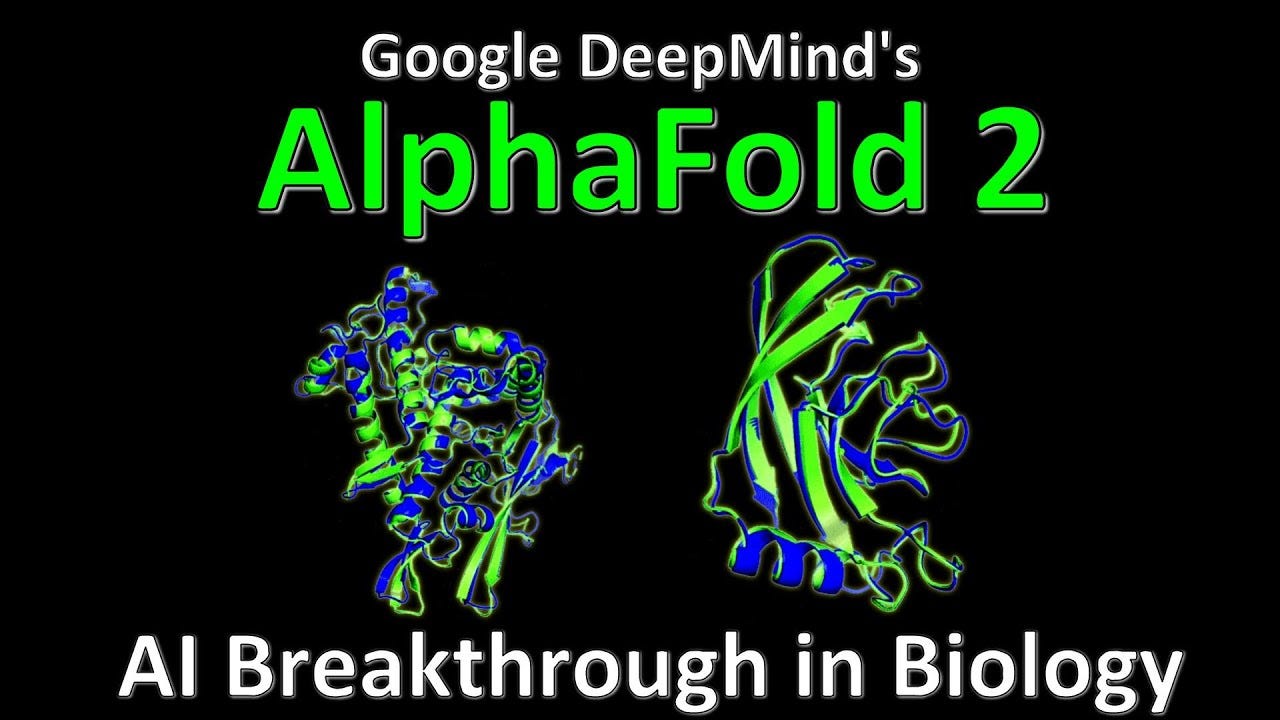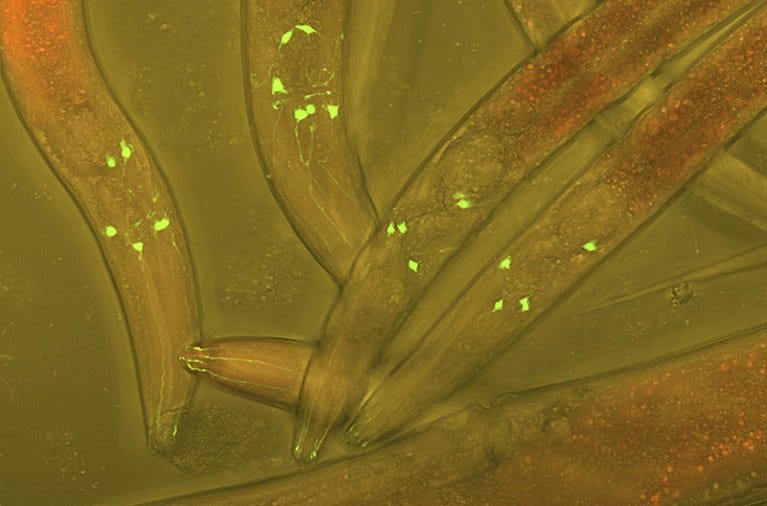Super Capacitors, Graphene Sandwich, Shapeshifting Drones, Alphafold, Wifi for Neurons - Speciale Focus #12
1 Year of Speciale Focus! Thank you.
Super Capacitors from Ancient Materials - Alternate Batteries!
MIT engineers have developed a low-cost energy storage system using two common materials—cement and carbon black. By combining these materials with water, the researchers created a supercapacitor, an alternative to batteries. The supercapacitor could potentially be integrated into structures such as the concrete foundation of a house or a concrete roadway, providing scalable and inexpensive energy storage for renewable sources like solar, wind, and tidal power.
The technology relies on the high internal surface area of the cement-based material, achieved by incorporating conductive carbon black and forming a dense, interconnected network within the cement structure. The resulting supercapacitor could store large amounts of electrical energy and has the potential to contribute to the development of cost-effective energy storage solutions. Read more here.
Doubling the memory of storage devices - The magic of Graphene
Researchers at MIT have discovered a rare "multiferroic" state in graphene when stacked in five layers in a rhombohedral pattern. This state exhibits both unconventional magnetism and a unique electronic behavior called "ferro-valleytricity." This discovery could have implications for the development of ultra-low-power, high-capacity data storage devices for classical and quantum computers.
The multiferroic properties of the material could potentially enable more efficient and faster writing of magnetic hard drives, allowing for the storage of double the amount of information compared to conventional devices. Read more here.
This is the Future of Drones - No, Really!
There are drones that can fly, and then there are drones that can really FLY. Engineer Moju Zhao in Tokyo has developed a transformative drone called DRAGON (Dual-rotor embedded multilink Robot with the Ability of multi-deGree-of-freedom aerial transformatiON). DRAGON is made up of multiple modules interconnected by battery-powered hinged joints, allowing it to change its shape mid-flight. Inspired by ancient Asian dragon mythology, DRAGON's design is serpentine, enabling it to navigate through tight and complex spaces.
The long-term vision for DRAGON includes equipping it with additional modules and grippers for transitioning between flying and walking. This innovation aligns with Japan's drone roadmap, foreseeing applications in delivery services, farming, and other innovative solutions. Read more here.
Alphafold - A New Frontier in Modern Science
Dubbed as one of the most “important yet unsolved issues of modern science”, protein folding has been a hard phenomena to study. AlphaFold, developed by DeepMind, made a significant breakthrough in predicting protein structures with near-experimental accuracy during the Critical Assessment of Protein Structure Prediction (CASP) competition in November 2020. The competition involves predicting the three-dimensional structures of proteins using their amino acid sequences. AlphaFold's predictions were historic, with an average accuracy within the width of about one atom.
The success of AlphaFold enables the prediction of 3D structures for virtually all human proteins, revolutionizing structural biology and opening new possibilities in medicine, research, and bioengineering. The model, based on the transformer architecture, specifically the Invariant Point Attention (IPA) transformer, is highly recursive and iterative, allowing it to develop increasingly accurate predictions. While AlphaFold has limitations, its achievements mark a significant step forward in understanding protein structures and have far-reaching implications for the life sciences. Read more here.
Okay, one last story for the year? We promise, this will BLOW your mind.
Wifi for Neurons - Wireless Nerve Signal Transmission
Two recent studies have revealed the existence of a "wireless" nerve network in the worm Caenorhabditis elegans, challenging the traditional view that messages between nerve cells are transmitted only through synapses. The studies, published in Nature and Neuron, mapped out the entire network of neuropeptide communication in the worm, demonstrating that messages can pass between cells over longer distances. Neuropeptides, released by one neuron and intercepted by another, play a crucial role in this wireless communication. The findings provide a more comprehensive understanding of nervous system communication beyond the traditional synapse-focused perspective. Read more here.
Mind = Blown? Told you so :P
Well, that’s it folks. With this edition, we successfully complete 1 year of SpecialeFocus. Here’s a recap of the past year for you to glance through and enjoy.
“Seasons Greetings” from Team Speciale, until we see you soon with another bunch of wow reads specially curated for the curious you.

